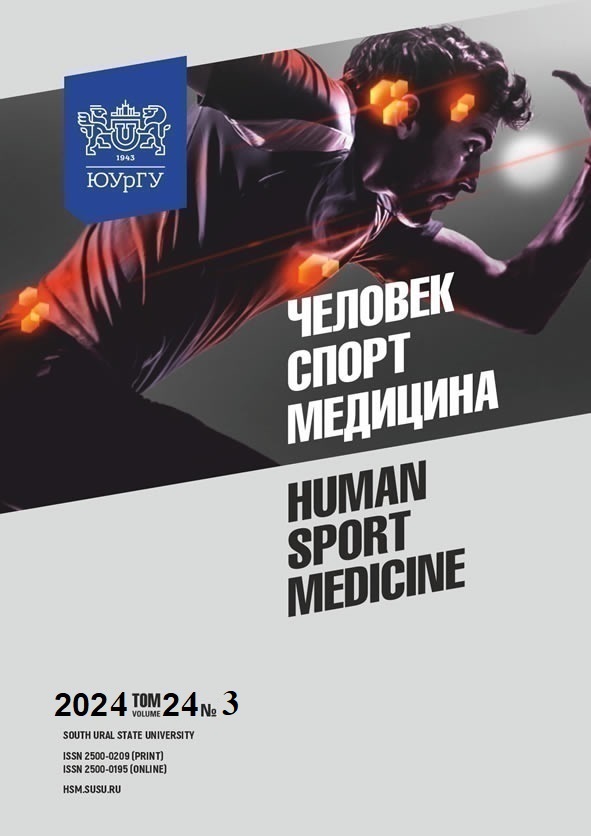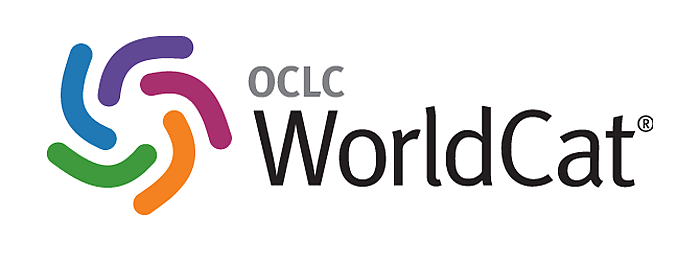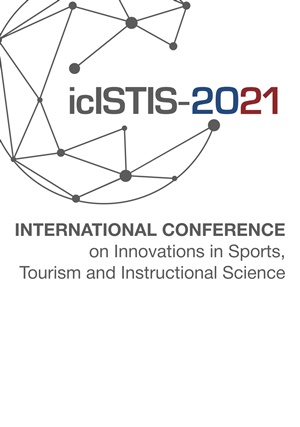TREATMENT AND REHABILITATION OF CARPAL TUNNEL SYNDROME IN ATHLETES AND PATIENTS
Abstract
Aim. This paper aims to provide a comprehensive comparative study evaluating the efficacy of various treatment methods for Carpal Tunnel Syndrome (CTS), with the ultimate goal of developing and introducing a novel non-invasive protocol for clinical practice in patients and athletes. Materials and methods. This research was conducted in collaboration between the Research Institute of Olympic Sports of Ural State University of Physical Culture, the Department of Sports Medicine and Physical Rehabilitation, Chelyabinsk Regional Clinical Hospital No. 1, SONAR LLC, and Center for Neuromuscular Stabilization LLC. One hundred fifteen patients diagnosed with idiopathic CTS underwent treatment and rehabilitation. An additional control group of 25 healthy individuals of identical age underwent biochemical analyses and elastometric assessments of carpal canal and median nerve structures. Participants were divided into 4 groups: group A (n = 25) received drug therapy; group B (n = 30) underwent hardware-based treatment; Group C (n = 30) received ultrasound-controlled median nerve blockade with GCS; group D (n = 30) underwent shock wave therapy (SWT). In all subjects, spectrophotometric analysis determined lipid peroxidation (LPO) product content in blood serum. Results. Our findings indicate significant improvements in functional indicators among all treatment groups except drug therapy. Perineural administration of GCS demonstrated superior efficacy (1.68–1.75 times compared to the norm), particularly in cases characterized by elevated serum lipid peroxidation products and median nerve edema according to elastometry. Shock wave therapy was considered a treatment of choice when contraindications to blockades existed. Hardware-based treatment proved effective in early-stage disease in the absence of pronounced median nerve swelling and significant LPO activity. Conclusion. This study underscores the utility of serum lipid peroxidation determination and ultrasound of the carpal canal with median nerve elastometry in formulating rehabilitation programs for CTS patients. Significant median nerve swelling and compression within the tunnel, correlated with increased blood serum LPO levels (r = 0.873–0.905), were identified as unfavorable prognostic factors for conservative treatment success. The duration of remission in the hardware treatment group (Patent for invention No. 2739277) averaged 26.73 months, with a maximum duration of 44 months observed.
References
References on translit
Copyright (c) 2024 Human. Sport. Medicine

This work is licensed under a Creative Commons Attribution-NonCommercial-NoDerivatives 4.0 International License.















